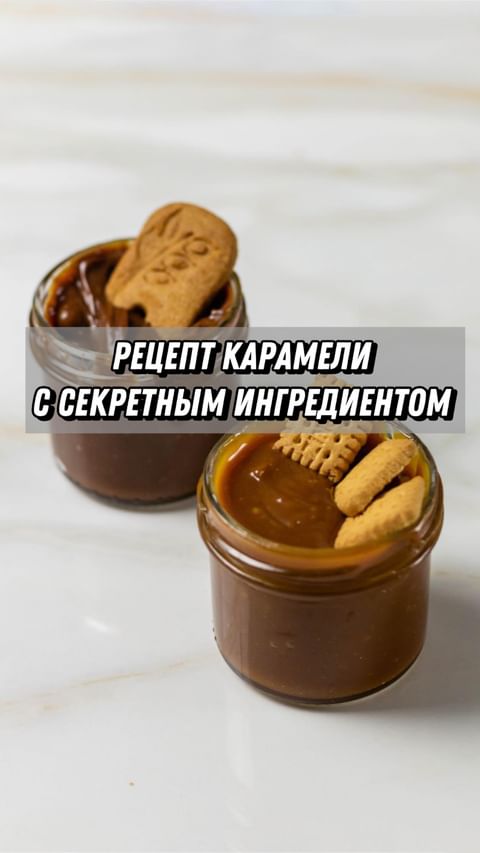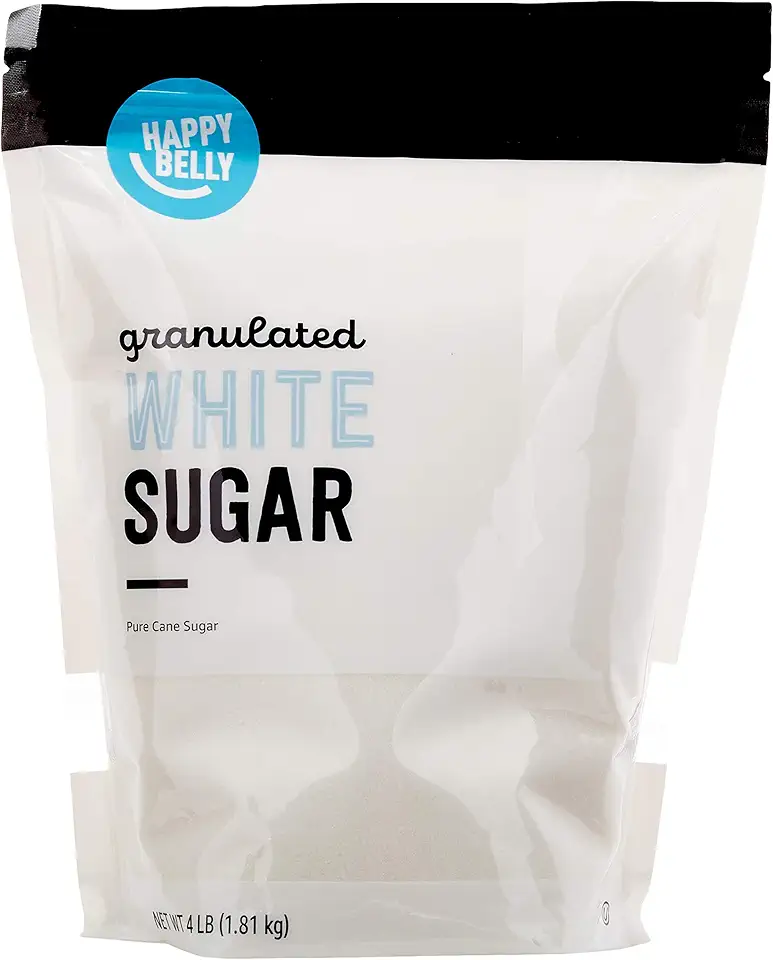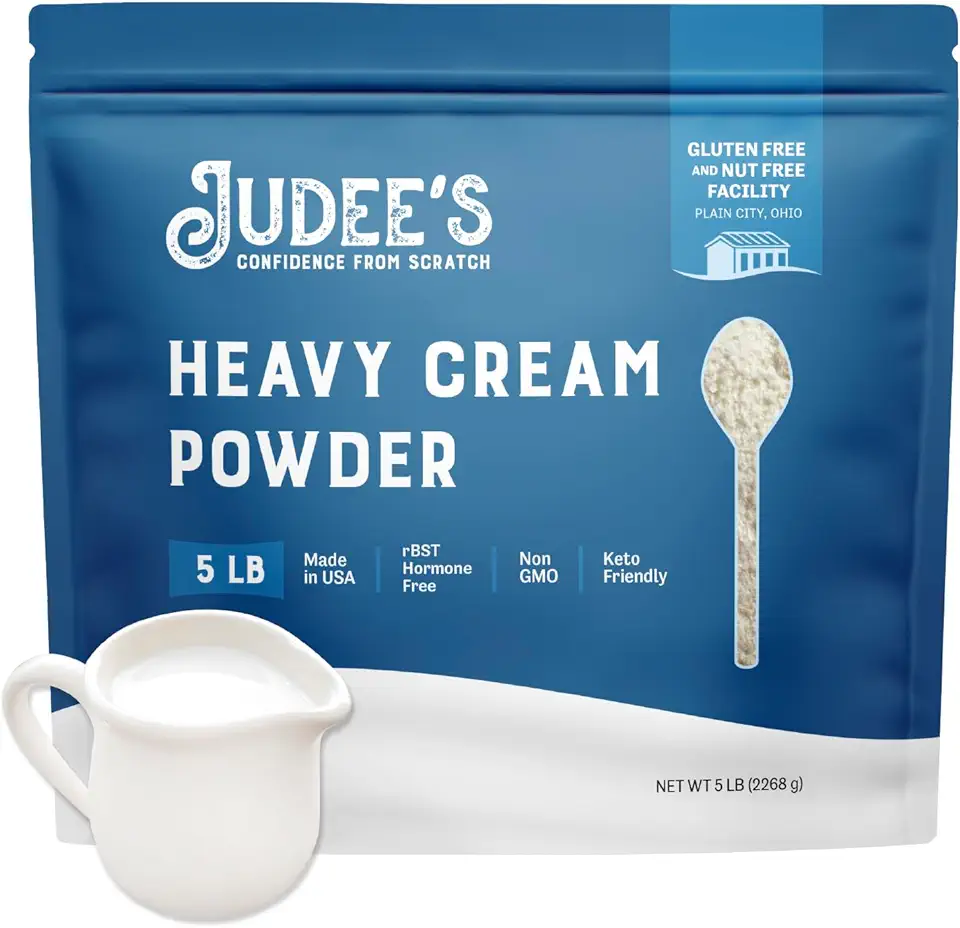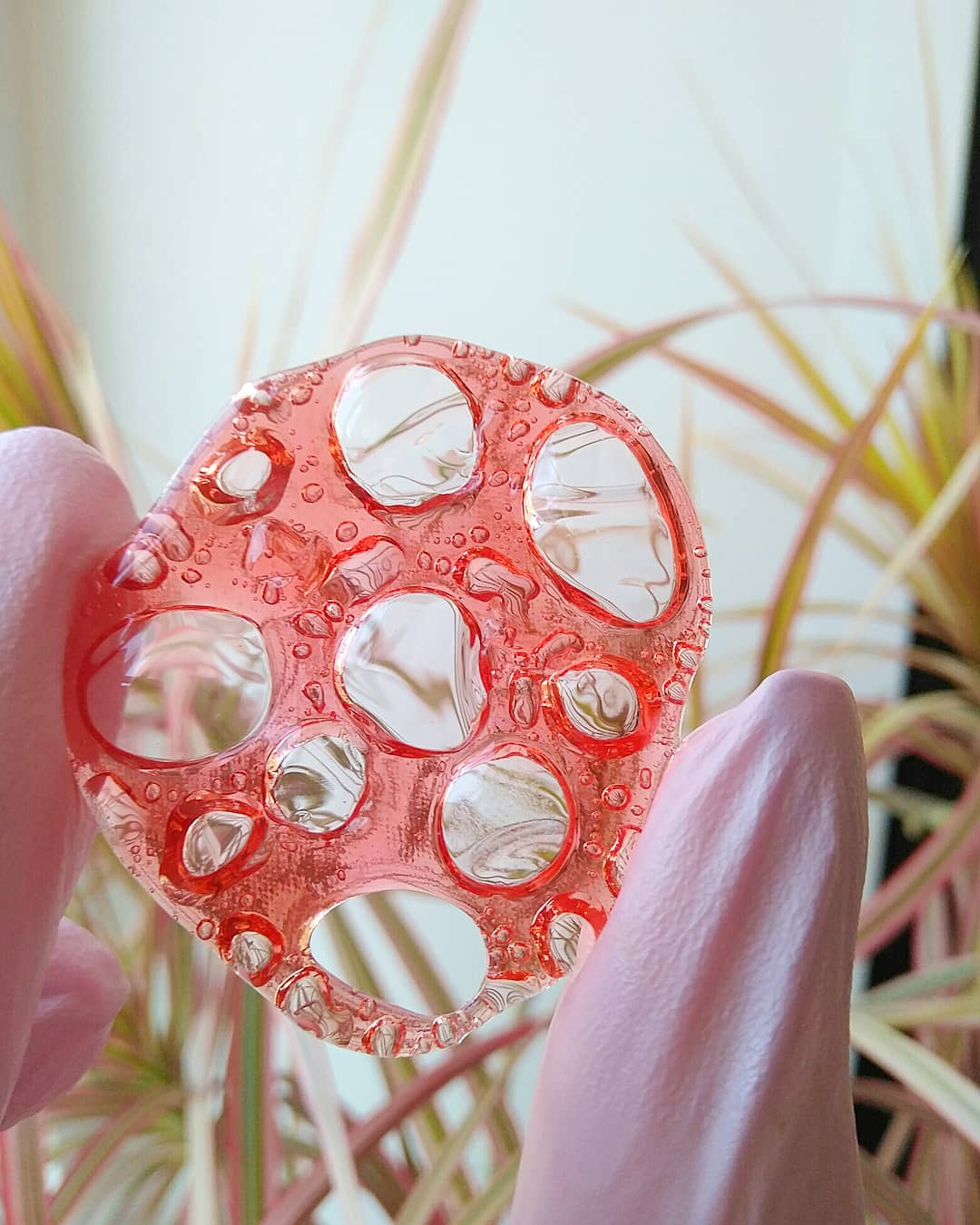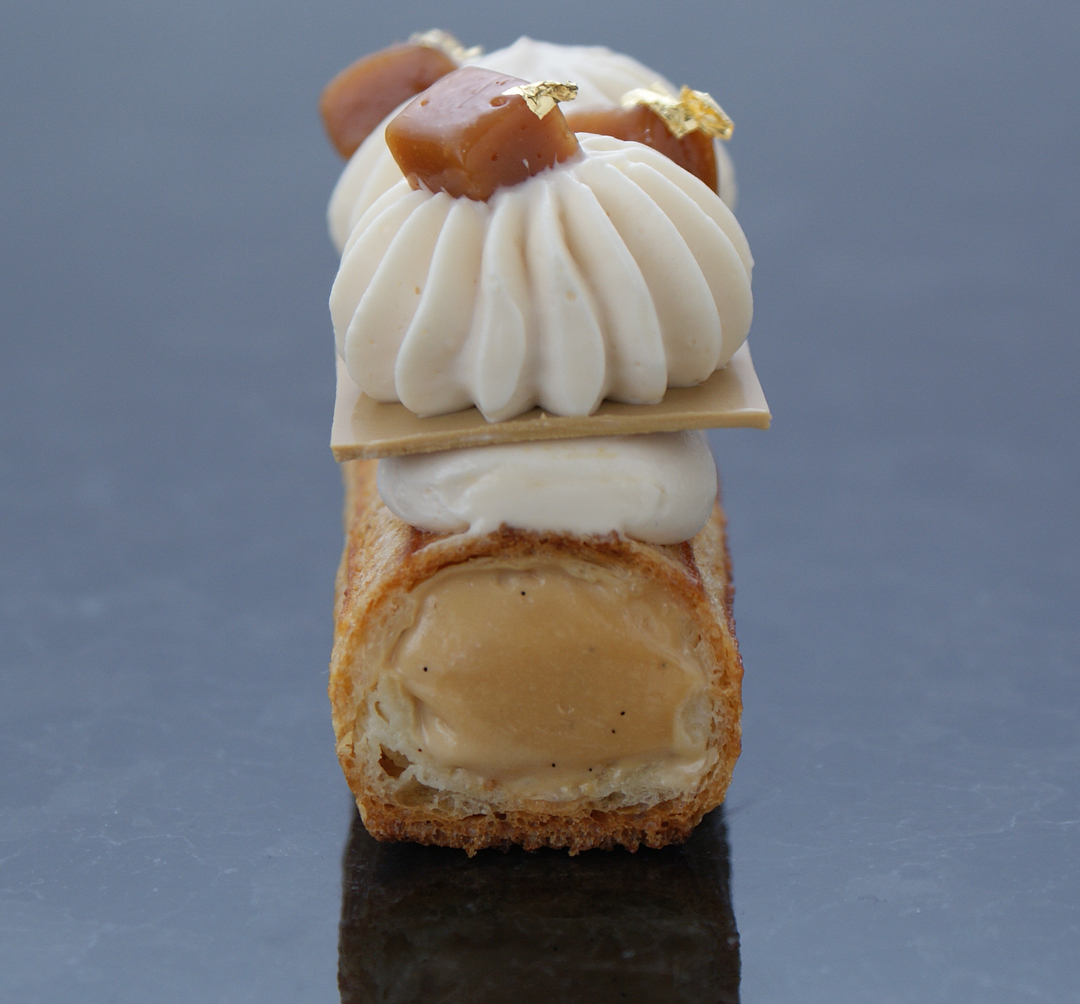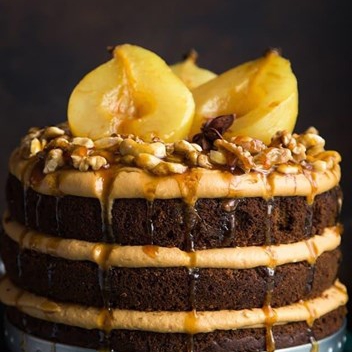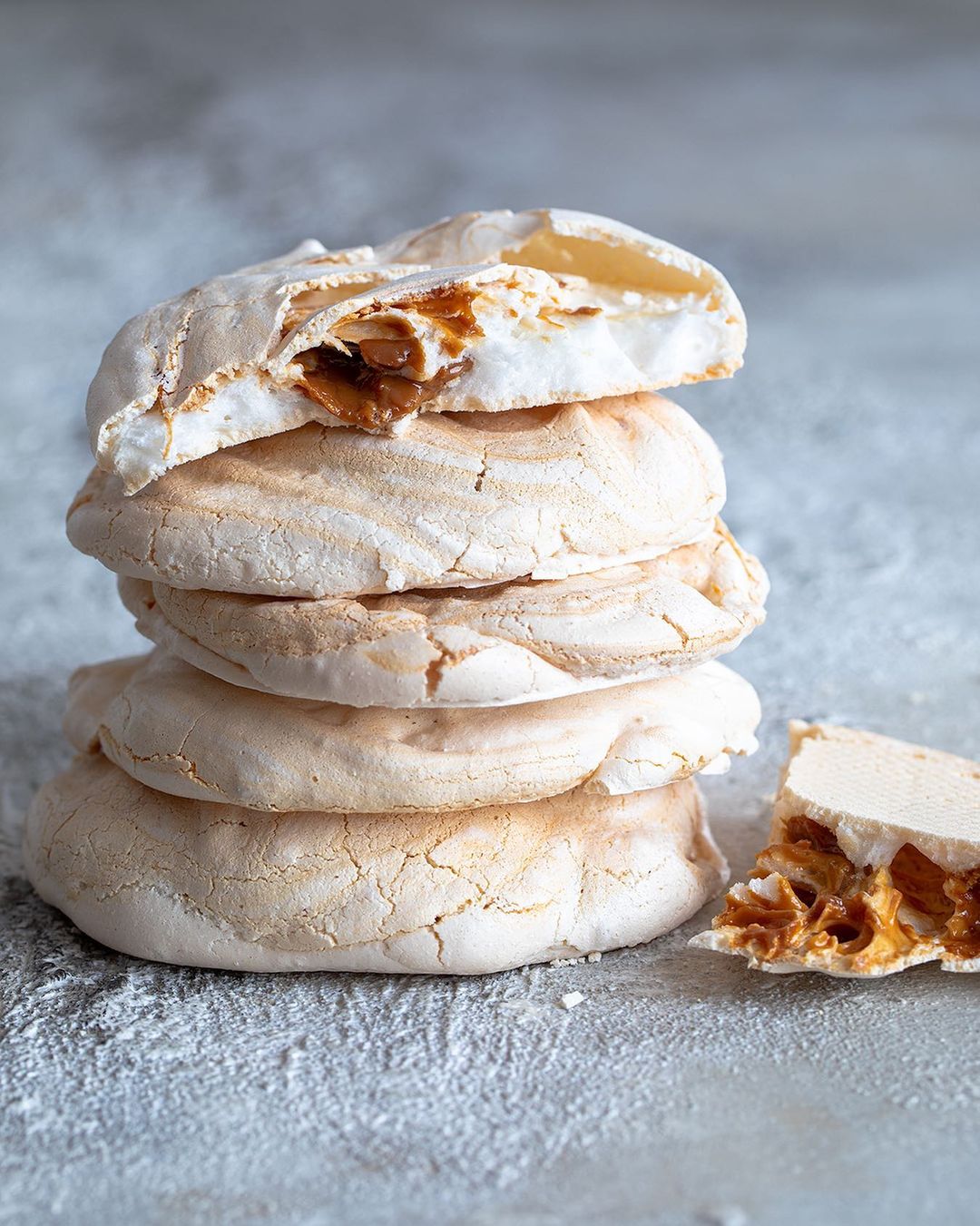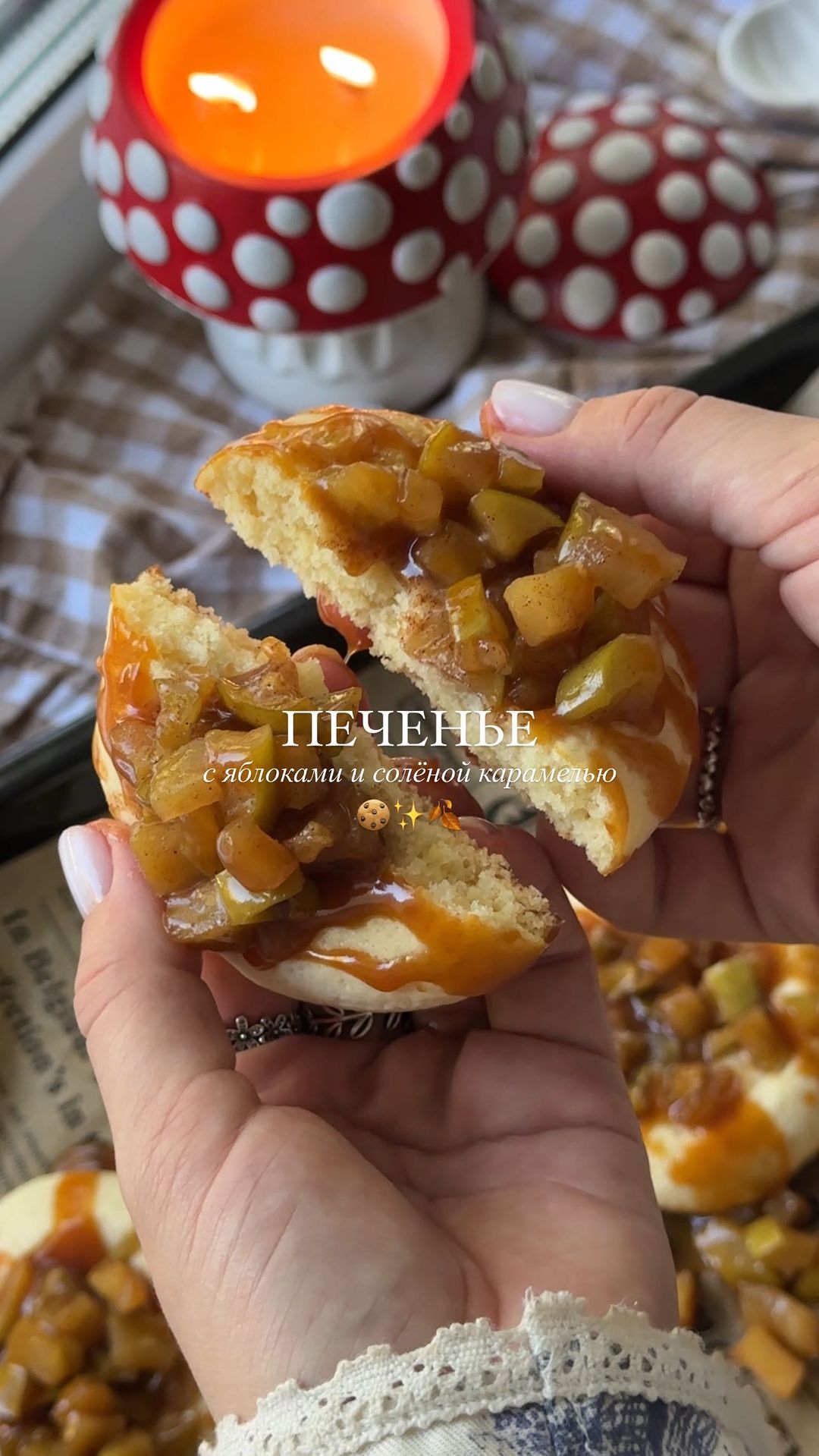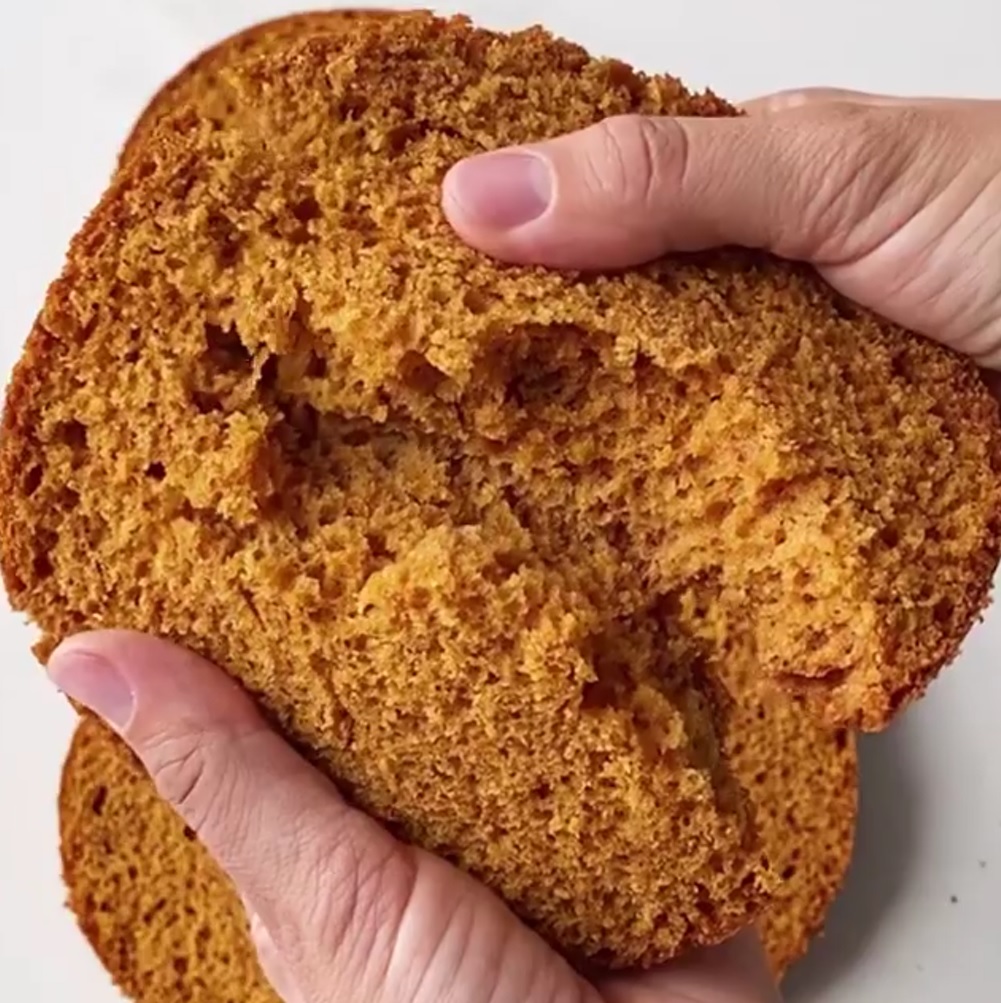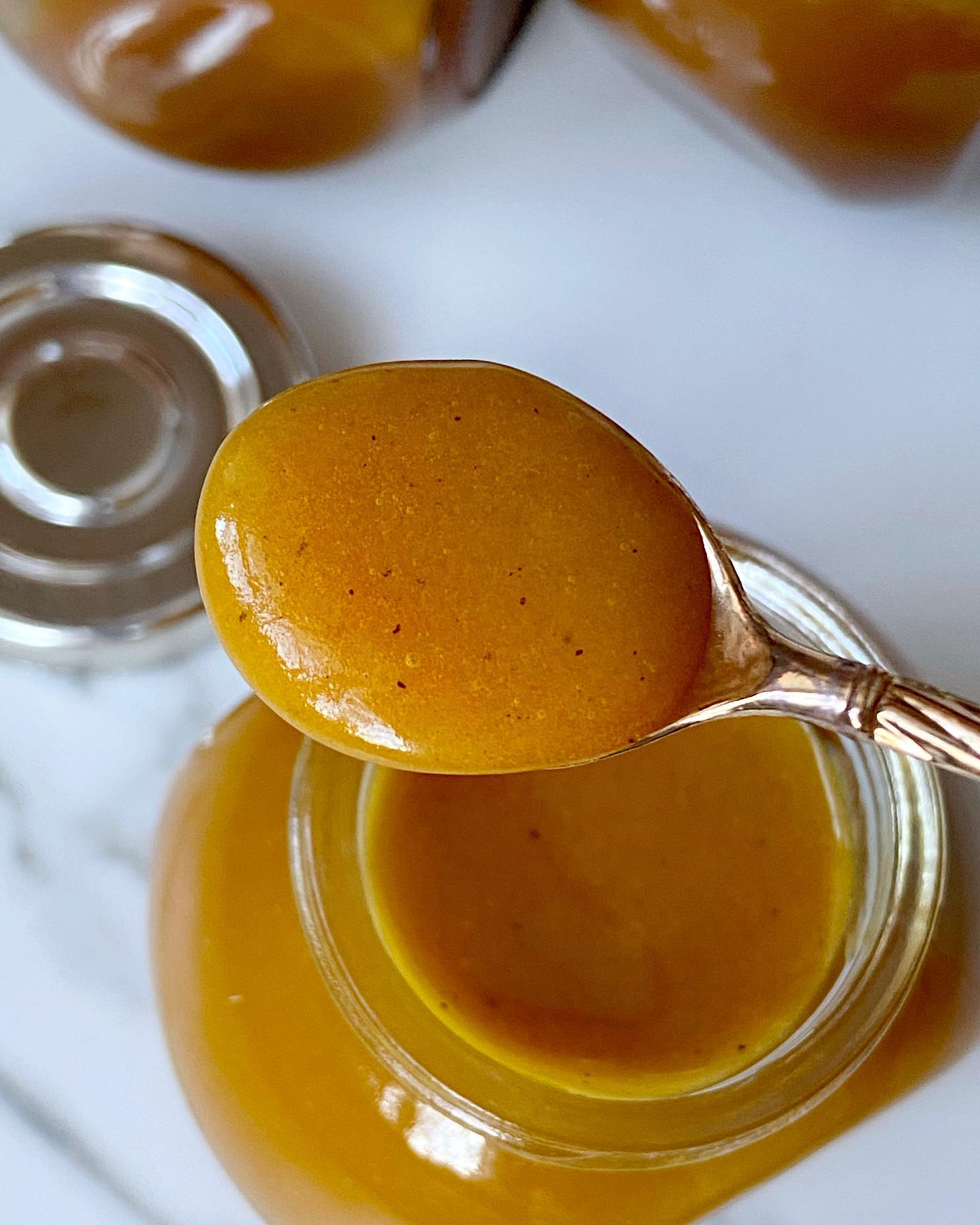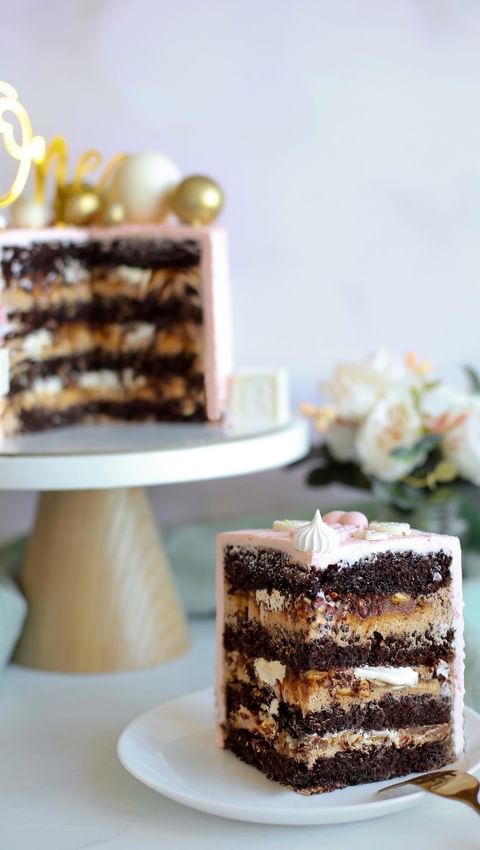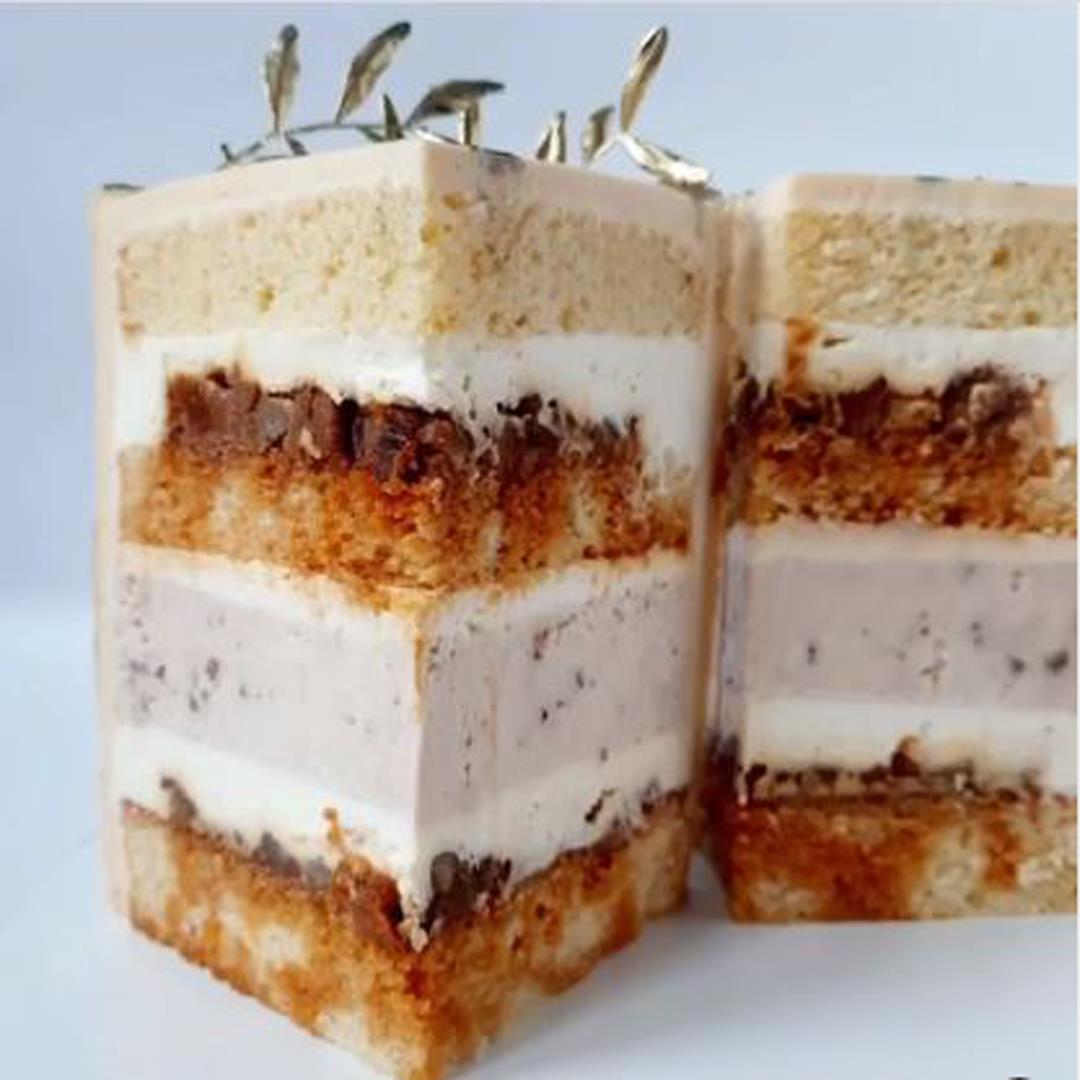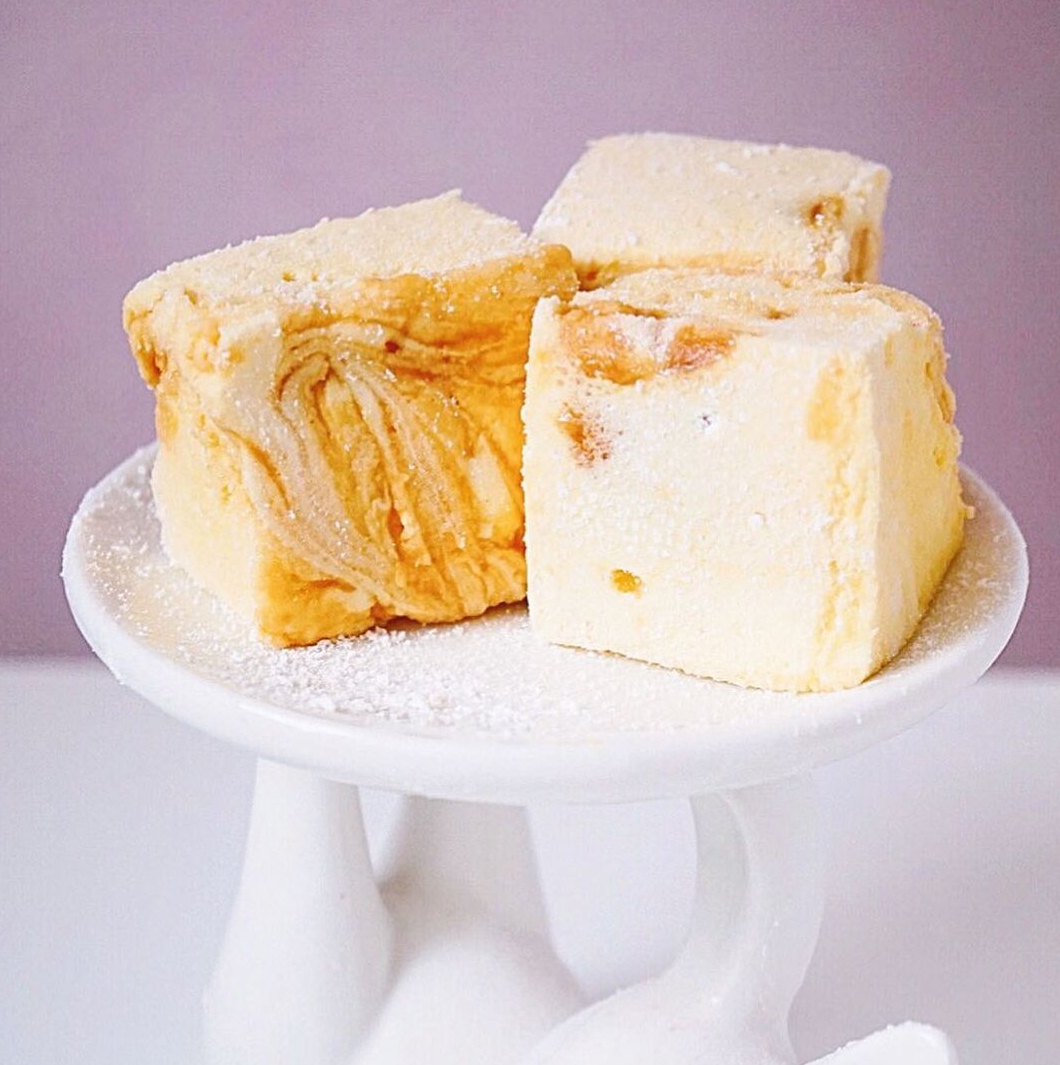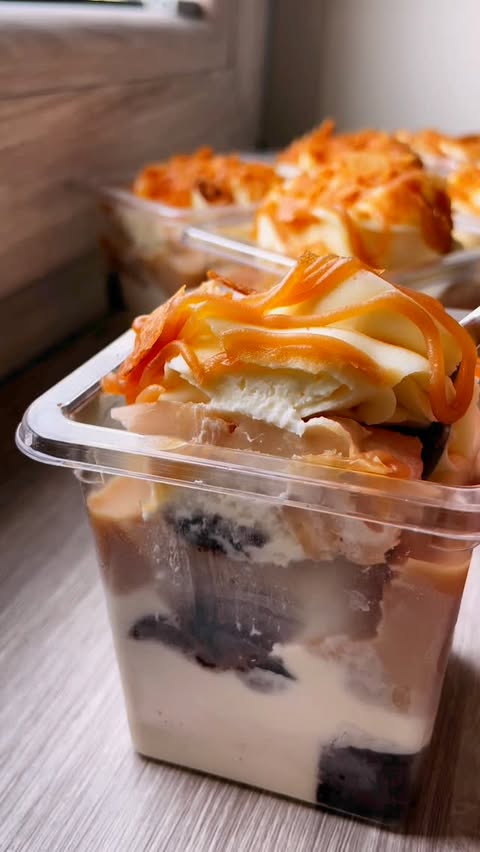Ingredients
For the Caramel
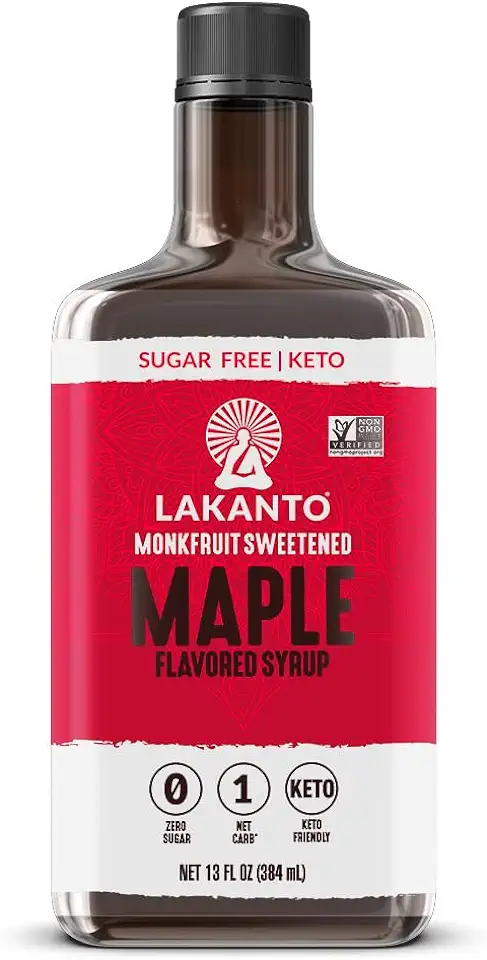 Lakanto Sugar Free Maple Syrup - Monk Fruit Sweetener, Keto Diet Friendly, Vegan, 1g Net Carbs, Pancakes, Waffles, Oatmeal, Coffee, Tea, Granola, Frosting, Marinade, Dressing (13 Fl Oz - Pack of 1)
$9.99
View details
Prime
Lakanto Sugar Free Maple Syrup - Monk Fruit Sweetener, Keto Diet Friendly, Vegan, 1g Net Carbs, Pancakes, Waffles, Oatmeal, Coffee, Tea, Granola, Frosting, Marinade, Dressing (13 Fl Oz - Pack of 1)
$9.99
View details
Prime
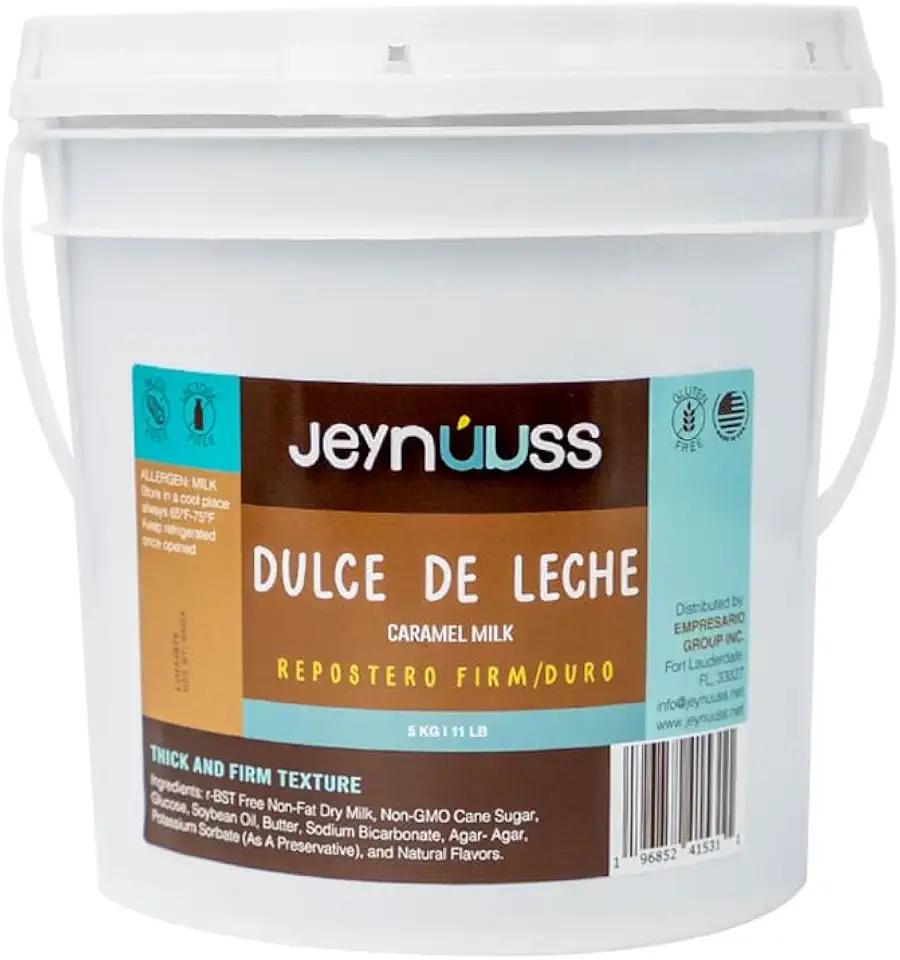 Dulce De Leche Respostero 11 LB Jeynuuss Caramel Milk Sauce Dessert Topping Gluten Free, Lactose Free, Confectioner's Thicker Milk Confiture for Bakeries.
$49.97
$52.97
View details
Prime
Dulce De Leche Respostero 11 LB Jeynuuss Caramel Milk Sauce Dessert Topping Gluten Free, Lactose Free, Confectioner's Thicker Milk Confiture for Bakeries.
$49.97
$52.97
View details
Prime
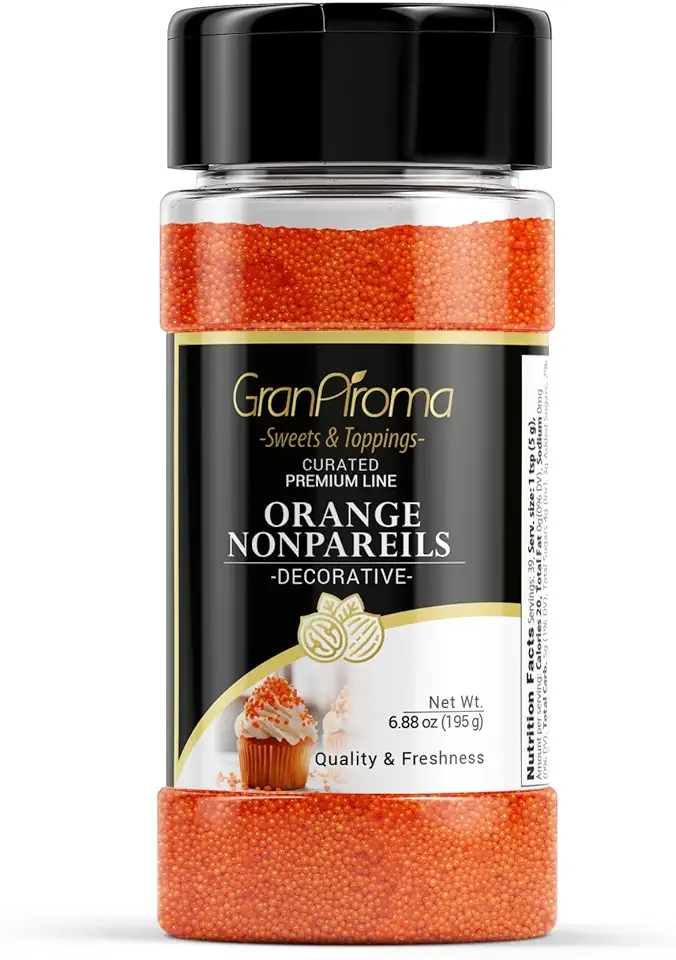 GranAroma Orange Nonpareils, Decorative Sprinkles, Cakes & Cookies, Bakery Staple (6.88 Ounce)
$9.99
View details
GranAroma Orange Nonpareils, Decorative Sprinkles, Cakes & Cookies, Bakery Staple (6.88 Ounce)
$9.99
View details
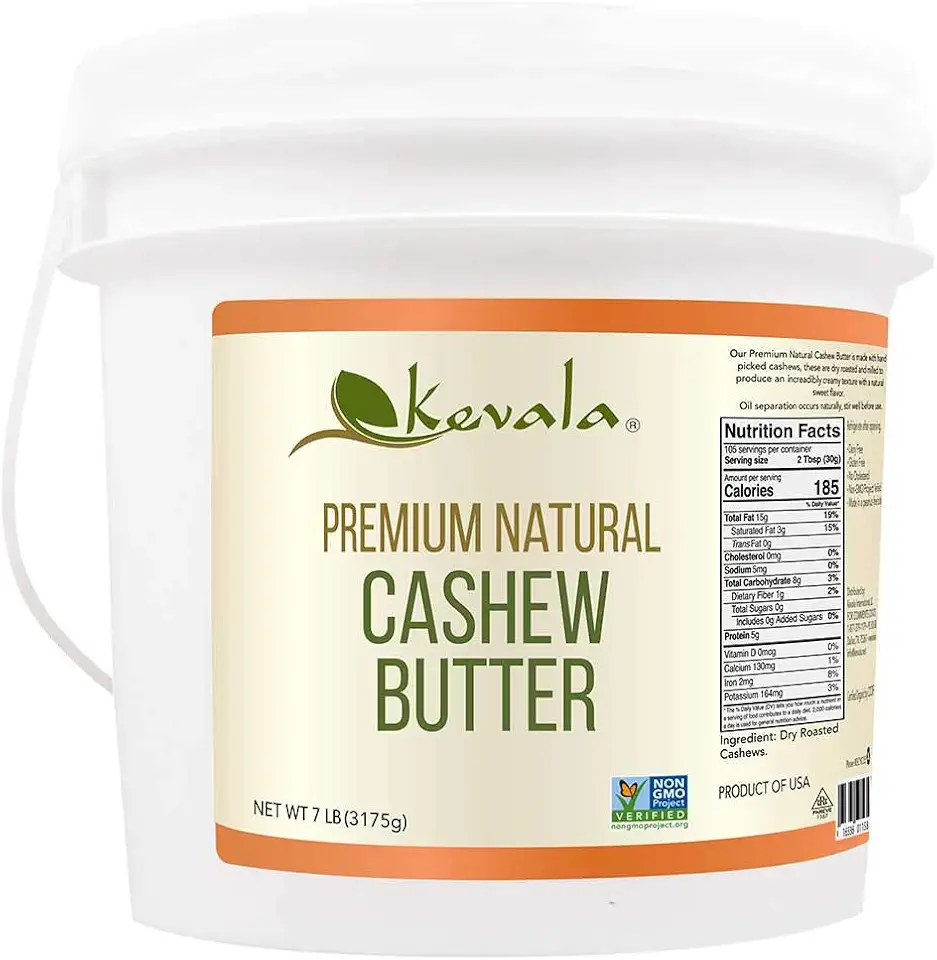 Kevala Cashew Butter 7 Lbs Pail
$83.62
View details
Prime
best seller
Kevala Cashew Butter 7 Lbs Pail
$83.62
View details
Prime
best seller
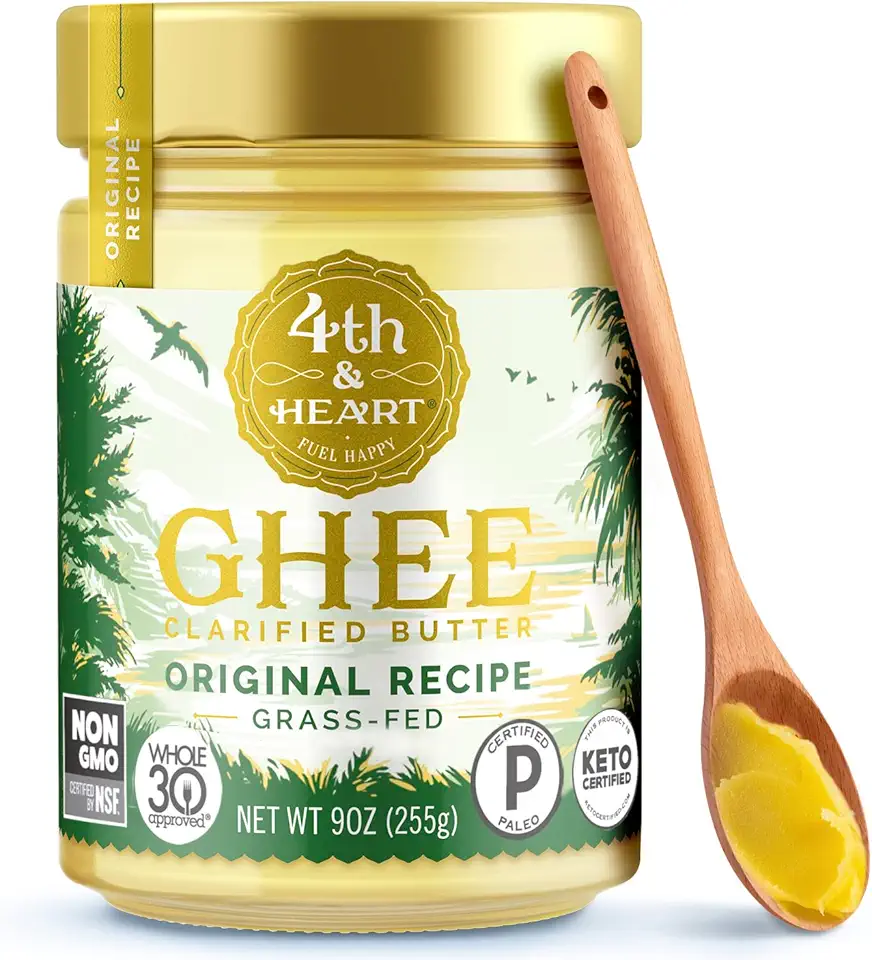 4th & Heart Original Grass-Fed Ghee, Clarified Butter, Keto, Pasture Raised, Lactose and Casein Free, Certified Paleo (9 Ounces)
$11.49
View details
Prime
4th & Heart Original Grass-Fed Ghee, Clarified Butter, Keto, Pasture Raised, Lactose and Casein Free, Certified Paleo (9 Ounces)
$11.49
View details
Prime
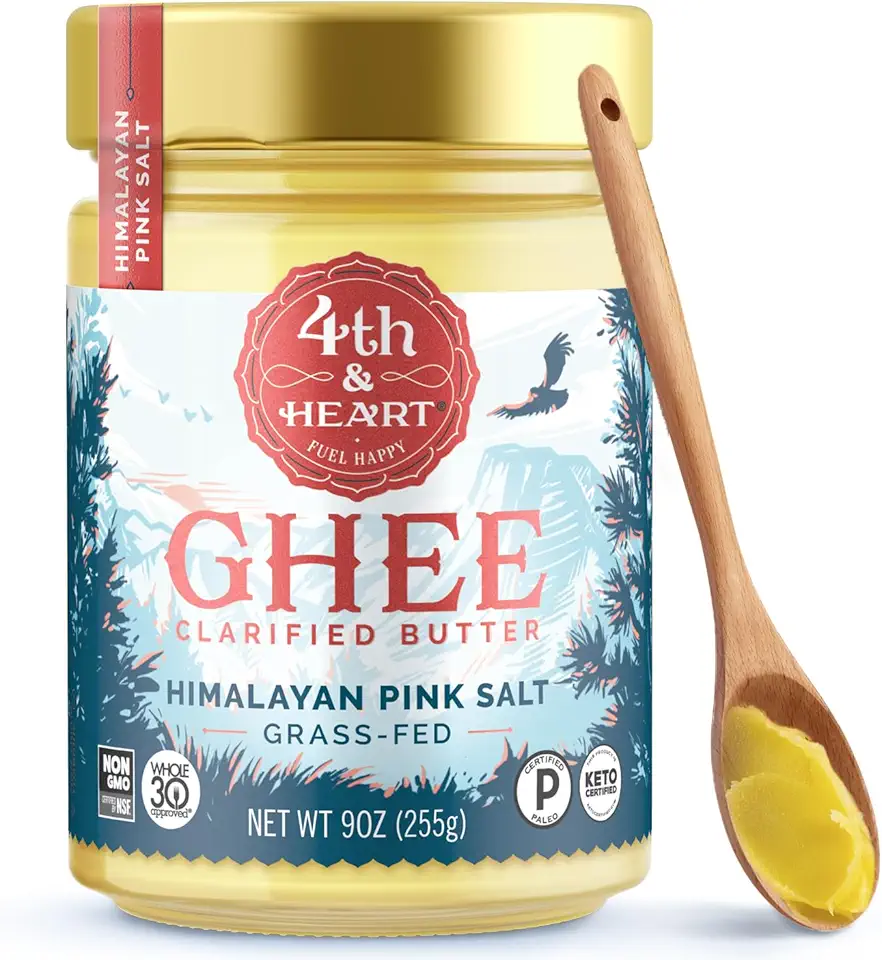 4th & Heart Himalayan Pink Salt Grass-Fed Ghee, Clarified Butter, Keto Pasture Raised, Non-GMO, Lactose and Casein Free, Certified Paleo (9 Ounces)
$9.49
View details
4th & Heart Himalayan Pink Salt Grass-Fed Ghee, Clarified Butter, Keto Pasture Raised, Non-GMO, Lactose and Casein Free, Certified Paleo (9 Ounces)
$9.49
View details
Instructions
Step 1
In a *saucepan* with a **thick bottom**, combine the sugar and glucose syrup. Heat the mixture until it melts into a light amber color. It's important to **stir gently** to ensure even melting.
Step 2
In a separate pot, warm the cream almost to the point of boiling. This step is crucial to prevent the sugar from seizing when combined with the cream.
Step 3
Carefully deglaze the melted sugar by adding the hot cream in two stages, *stirring vigorously* each time. Reduce the heat to a minimum and cook the caramel until it reaches **221°F (105°C)**.
Step 4
Allow the caramel to cool to **113-122°F (45-50°C)**. Add the diced cold butter and salt, if using. Blend the mixture with an *immersion blender* until a smooth emulsion forms.
Step 5
Transfer the finished caramel to a clean container. Enjoy your delicious caramel sauce, perfect for desserts or as a delightful treat on its own!
Servings
**Delight Your Senses with Every Dollop** 🎉
Once you've crafted your luscious caramel, it's time to transform it into a delightful part of any dish. Drizzle it generously over a bowl of creamy vanilla ice cream for a touch of decadent elegance. 🍨✨
For a cozy evening treat, stir a spoonful into your favorite hot chocolate or cappuccino, turning your regular beverages into a decadent escape. ☕️👌
If you're feeling creative, layer it between your cake sponges or swirl it into brownie batter before baking for an extra hit of indulgence. 🎂😍
No matter how you choose to savor it, this caramel is guaranteed to elevate your desserts and create unforgettable culinary moments. 🍬🌟
Equipment
A sturdy and well-made saucepan is essential for evenly distributing heat and preventing your sugar from burning during caramelization. Choose one with a thick base for the best results.
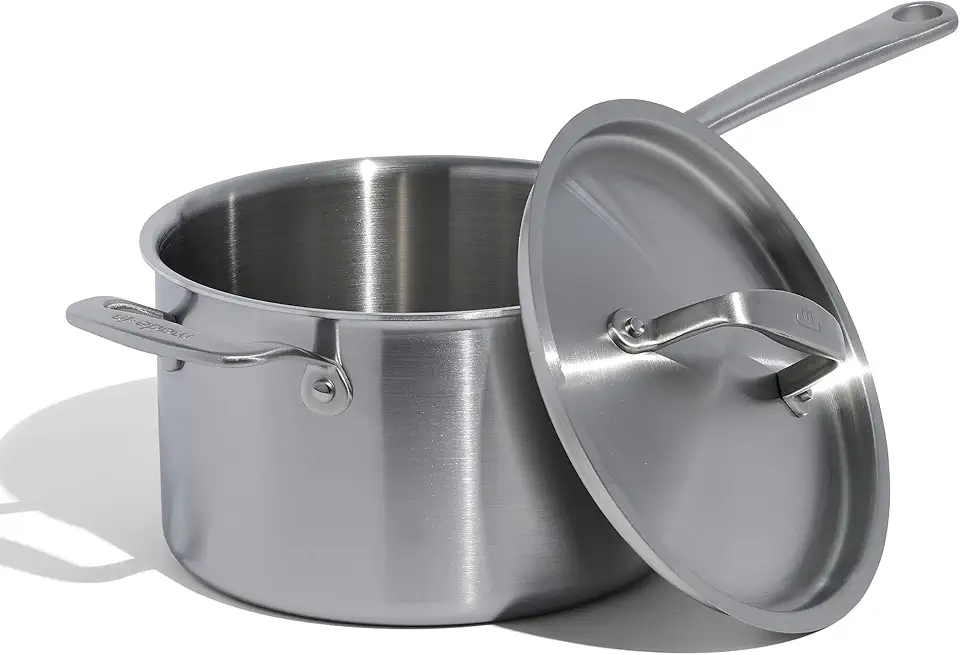 Made In Cookware - 4 Quart Stainless Steel Saucepan with Lid - 5 Ply Stainless Clad Sauce Pan - Professional Cookware - Crafted in Italy - Induction Compatible
$159.00
View details
Prime
Made In Cookware - 4 Quart Stainless Steel Saucepan with Lid - 5 Ply Stainless Clad Sauce Pan - Professional Cookware - Crafted in Italy - Induction Compatible
$159.00
View details
Prime
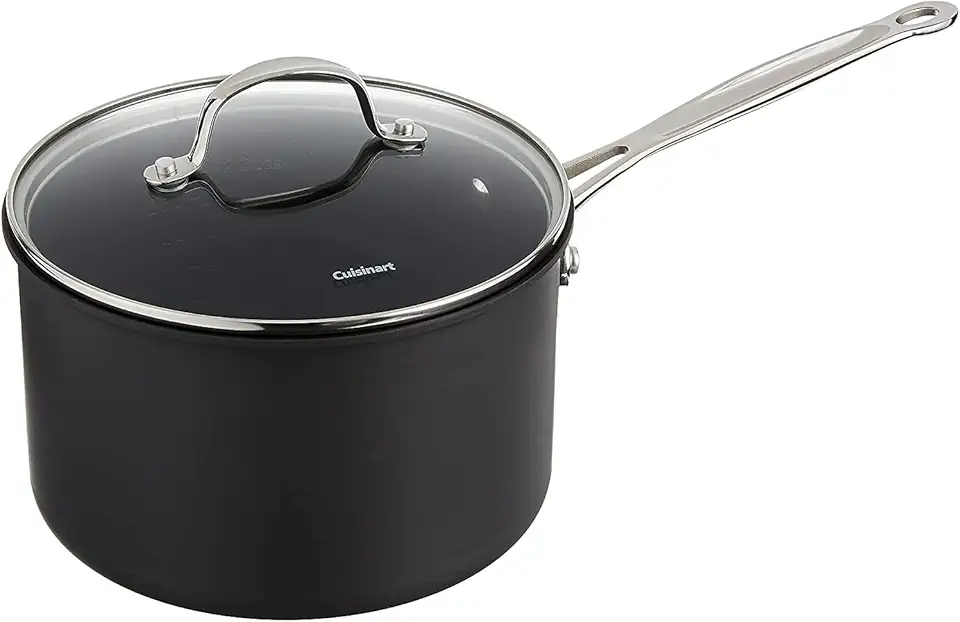 Cuisinart 6194-20 Chef's Classic 4-Quart Nonstick-Hard-Anodized, Saucepan w/Cover
$45.00
$59.95
View details
Prime
Cuisinart 6194-20 Chef's Classic 4-Quart Nonstick-Hard-Anodized, Saucepan w/Cover
$45.00
$59.95
View details
Prime
 Cuisinart Saucepan with Cover, Triple Ply 2-Quart Skillet, Multiclad Pro, MCP19-18N
$49.95
View details
Cuisinart Saucepan with Cover, Triple Ply 2-Quart Skillet, Multiclad Pro, MCP19-18N
$49.95
View details
Use a heat-resistant spatula for stirring the caramel. It helps in mixing the caramel smoothly without scratching the pan.
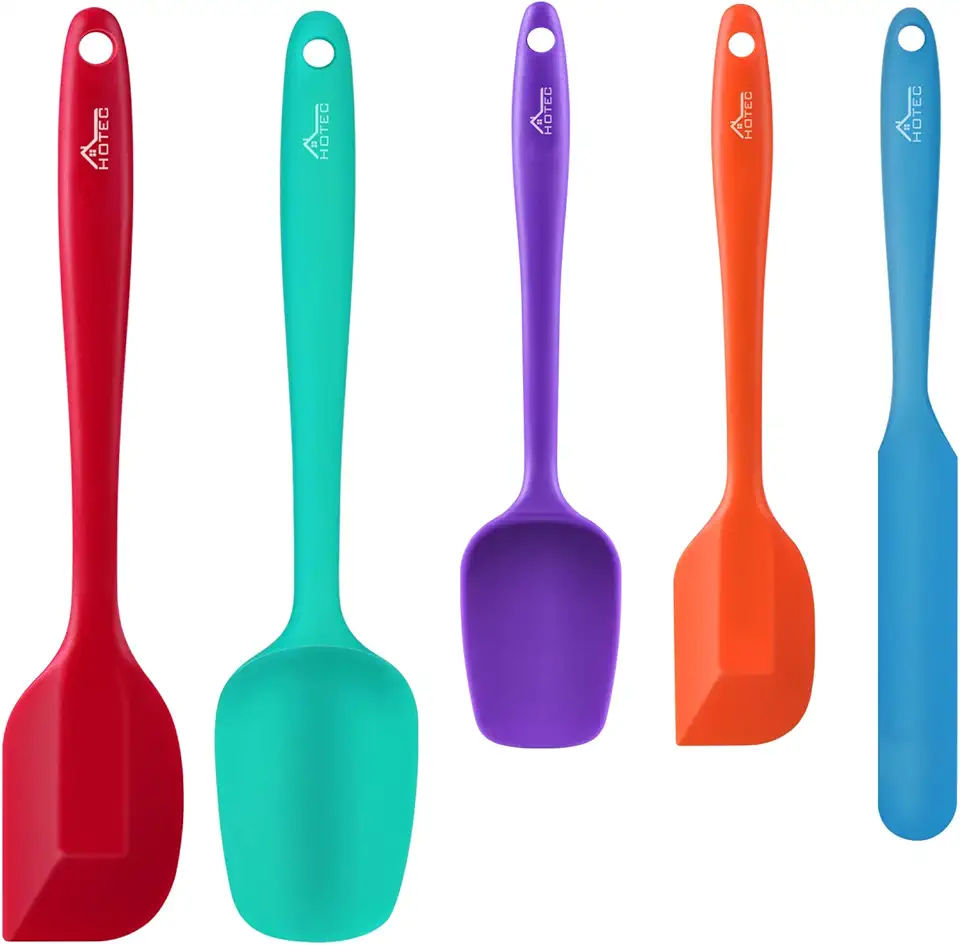 HOTEC Food Grade Silicone Rubber Spatula Set for Baking, Cooking, and Mixing High Heat Resistant Non Stick Dishwasher Safe BPA-Free Multicolor Set of 5
$9.59
$18.99
View details
Prime
HOTEC Food Grade Silicone Rubber Spatula Set for Baking, Cooking, and Mixing High Heat Resistant Non Stick Dishwasher Safe BPA-Free Multicolor Set of 5
$9.59
$18.99
View details
Prime
 Wilton Icing Spatula - 13-Inch Angled Cake Spatula for Smoothing Frosting on Treats or Spreading Filling Between Cake Layers, Steel
$7.98
$8.75
View details
Wilton Icing Spatula - 13-Inch Angled Cake Spatula for Smoothing Frosting on Treats or Spreading Filling Between Cake Layers, Steel
$7.98
$8.75
View details
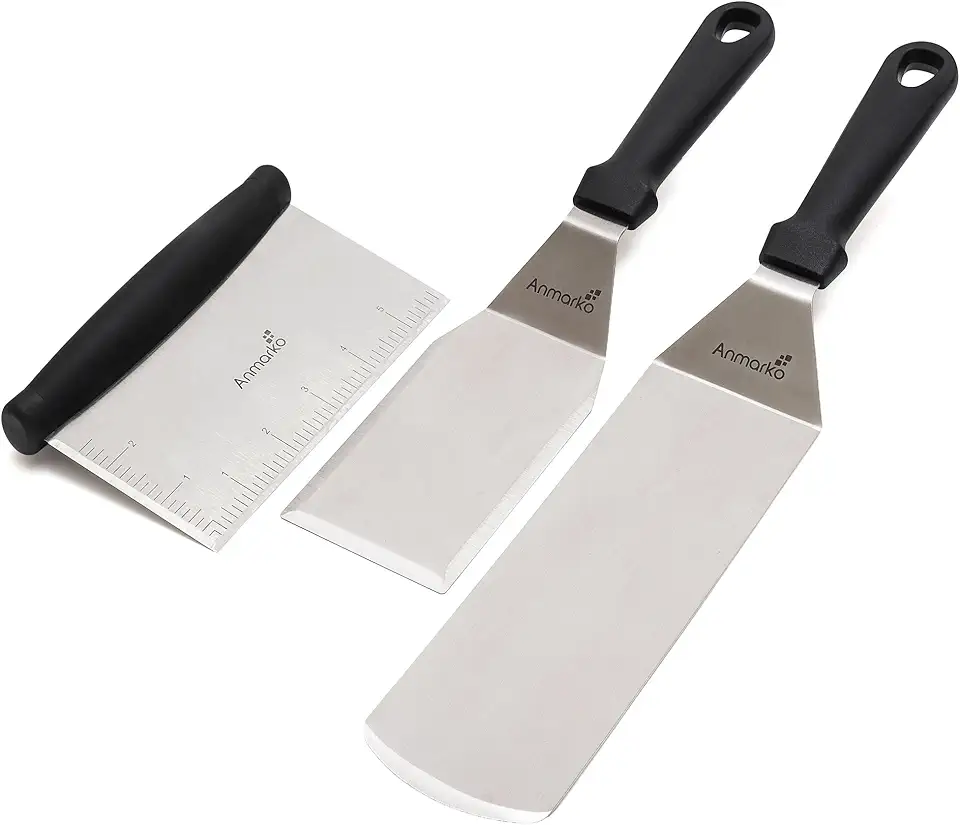 Metal Spatula Stainless Steel and Scraper - Professional Chef Griddle Spatulas Set of 3 - Heavy Duty Accessories Great for Cast Iron BBQ Flat Top Grill Skillet Pan - Commercial Grade
$19.99
$22.99
View details
Metal Spatula Stainless Steel and Scraper - Professional Chef Griddle Spatulas Set of 3 - Heavy Duty Accessories Great for Cast Iron BBQ Flat Top Grill Skillet Pan - Commercial Grade
$19.99
$22.99
View details
A candy thermometer is invaluable for ensuring your caramel reaches the perfect temperature of 105°C. This guarantees a perfect texture every time.
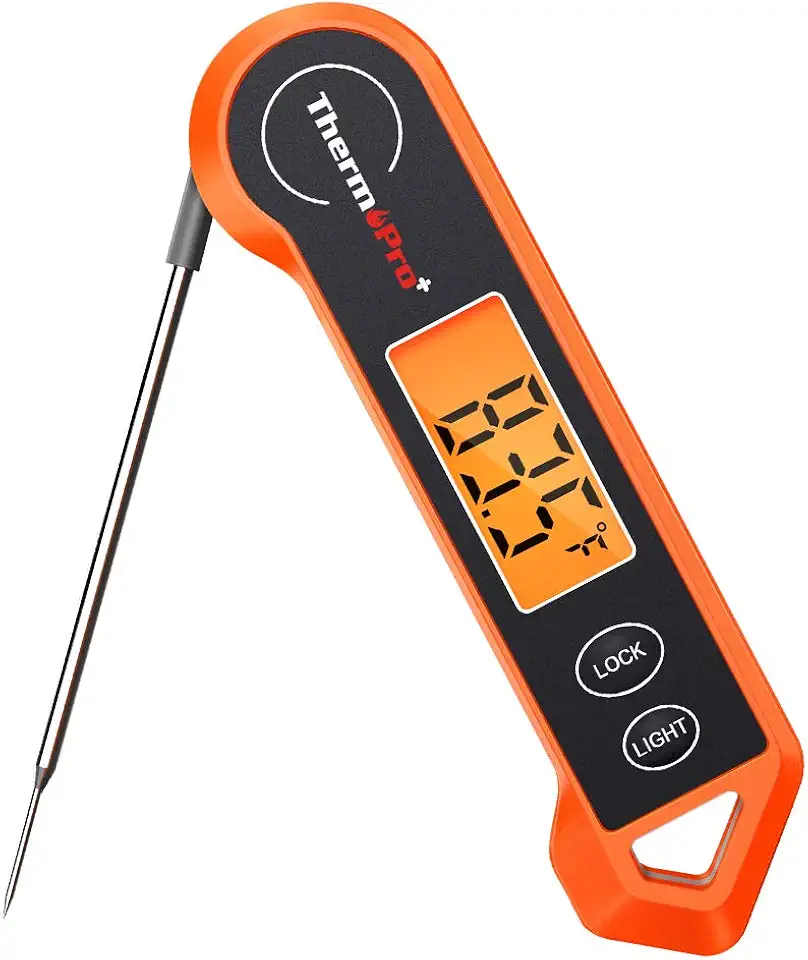 ThermoPro TP19H Digital Meat Thermometer for Cooking with Ambidextrous Backlit and Motion Sensing Kitchen Cooking Food Thermometer for BBQ Grill Smoker Oil Fry Candy Instant Read Thermometer
$16.99
$24.99
View details
Prime
ThermoPro TP19H Digital Meat Thermometer for Cooking with Ambidextrous Backlit and Motion Sensing Kitchen Cooking Food Thermometer for BBQ Grill Smoker Oil Fry Candy Instant Read Thermometer
$16.99
$24.99
View details
Prime
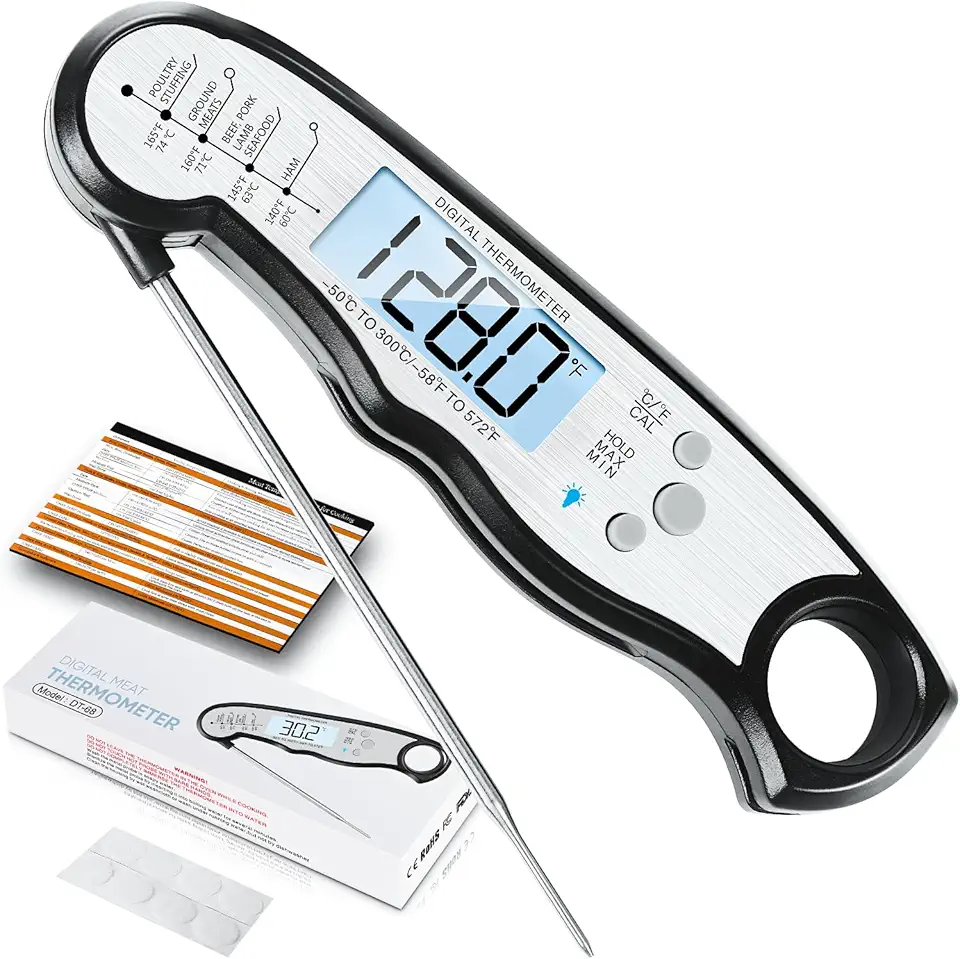 Digital Meat Thermometer, Waterproof Instant Read Food Thermometer for Cooking and Grilling, Kitchen Gadgets, Accessories with Backlight & Calibration for Candy, BBQ Grill, Liquids, Beef, Turkey…
$15.99
$31.99
View details
Digital Meat Thermometer, Waterproof Instant Read Food Thermometer for Cooking and Grilling, Kitchen Gadgets, Accessories with Backlight & Calibration for Candy, BBQ Grill, Liquids, Beef, Turkey…
$15.99
$31.99
View details
A hand blender works wonders in creating a smooth, velvety emulsion when incorporating the butter and salt into your caramel.
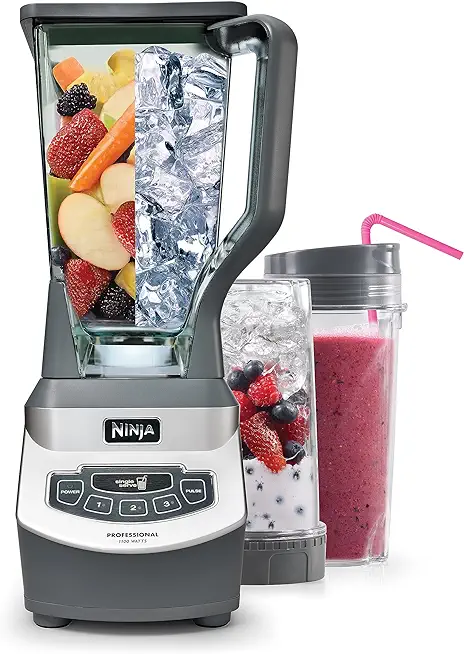 Ninja BL660 Professional Compact Smoothie & Food Processing Blender, 1100-Watts, 3 Functions -for Frozen Drinks, Smoothies, Sauces, & More, 72-oz.* Pitcher, (2) 16-oz. To-Go Cups & Spout Lids, Gray
$99.99
$119.99
View details
Prime
Ninja BL660 Professional Compact Smoothie & Food Processing Blender, 1100-Watts, 3 Functions -for Frozen Drinks, Smoothies, Sauces, & More, 72-oz.* Pitcher, (2) 16-oz. To-Go Cups & Spout Lids, Gray
$99.99
$119.99
View details
Prime
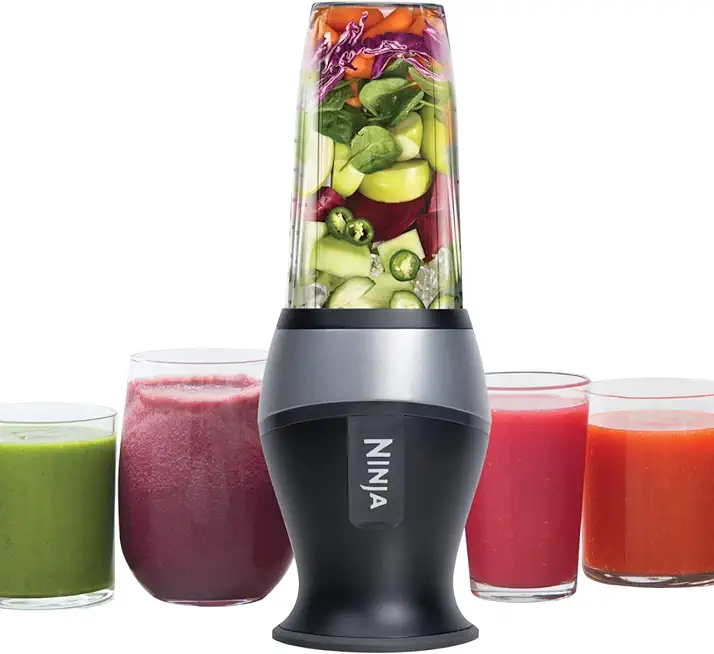 Ninja Fit Compact Personal Blender, Portable Blender for-Smoothies, Shakes, Food Prep, and Frozen Blending, 700-Watt Base, (2) 16-oz. Cups and Spout Lids, Black QB3001SS
$49.99
$69.99
View details
Prime
best seller
Ninja Fit Compact Personal Blender, Portable Blender for-Smoothies, Shakes, Food Prep, and Frozen Blending, 700-Watt Base, (2) 16-oz. Cups and Spout Lids, Black QB3001SS
$49.99
$69.99
View details
Prime
best seller
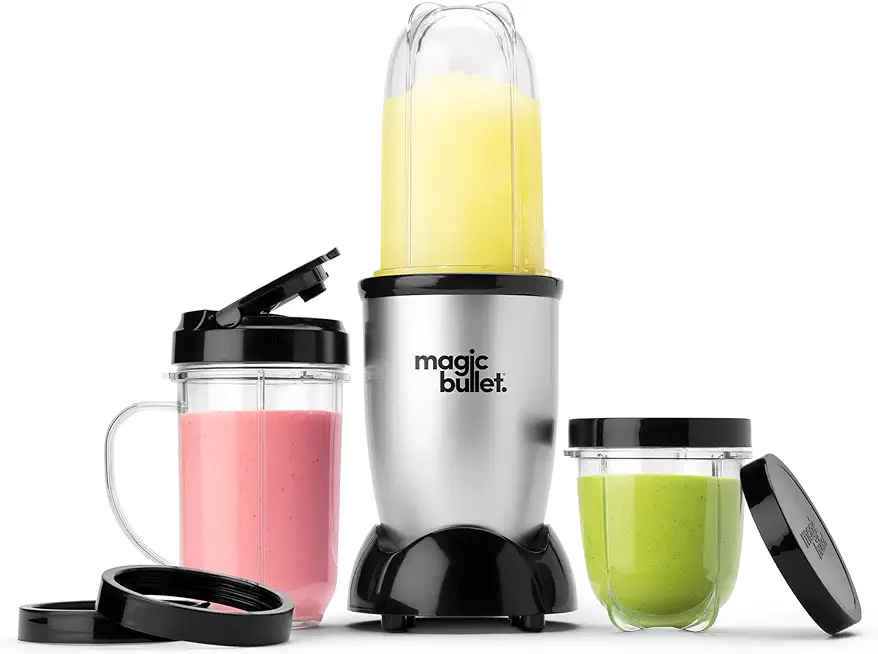 Magic Bullet Blender, Small, Silver, 11 Piece Set
$39.88
$49.99
View details
Magic Bullet Blender, Small, Silver, 11 Piece Set
$39.88
$49.99
View details
Variations
**Get Creative with Gluten-Free & Vegan Alternatives** 🥥🌿
If you're looking for a gluten-free twist, simply use the same recipe as it's inherently gluten-friendly. 🌾🚫
For a vegan version, swap the heavy cream with coconut cream for a rich, tropical flavor. Replace the butter with a plant-based vegan butter to maintain that silky smooth texture. 🥥🧈
Regardless of the modification, these variations will ensure everyone at your table can enjoy the sweet, buttery goodness of homemade caramel. Everyone deserves a taste of this indulgence! 🍯❤️
Faq
- Can I use regular syrup instead of glucose syrup?
While you can experiment with regular syrup, glucose syrup is preferred as it elevates the caramel’s texture and stability, preventing sugar crystallization.
- What's the key to not burning the sugar?
Consistency in monitoring the heat and using a heavy-bottomed saucepan ensures even caramelization without burning.
- How can I intensify the flavor?
Consider infusing the cream with vanilla beans or adding a touch of sea salt before blending for a richer, more complex flavor profile.
- Can I store the caramel for later use?
Absolutely! Store the caramel in a clean, airtight jar in the refrigerator. Simply reheat it gently before use to restore its silky consistency.
- How can I incorporate other flavors into the caramel?
Try adding spices like cinnamon or nutmeg, or infuse your cream with herbs like rosemary before mixing it into the caramel.
- What's the best way to fix caramel that has crystallized?
If crystallization occurs, try adding a splash more water and gently reheat it until melted, continuously stirring to bring it back to smooth perfection.

